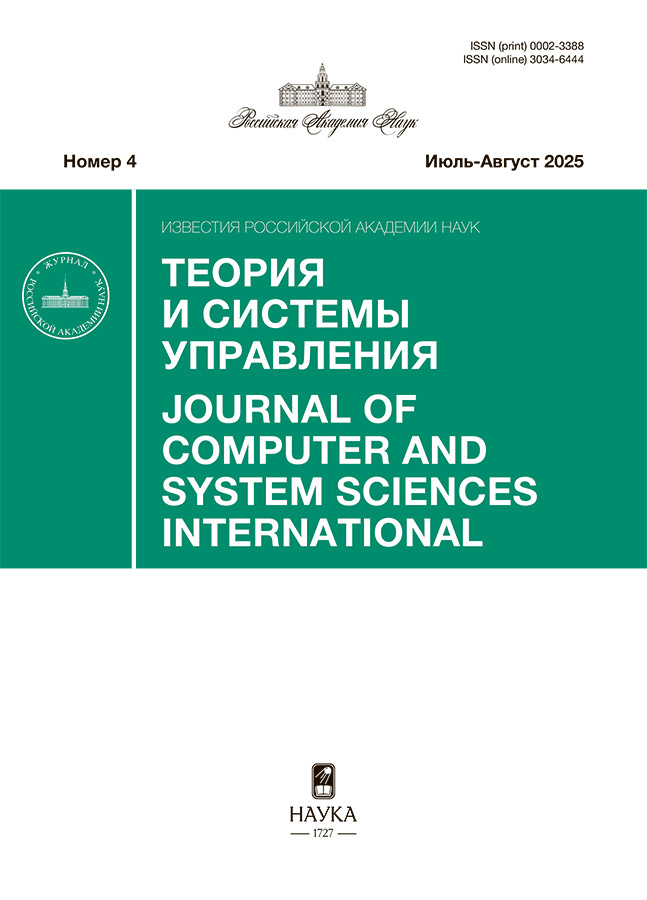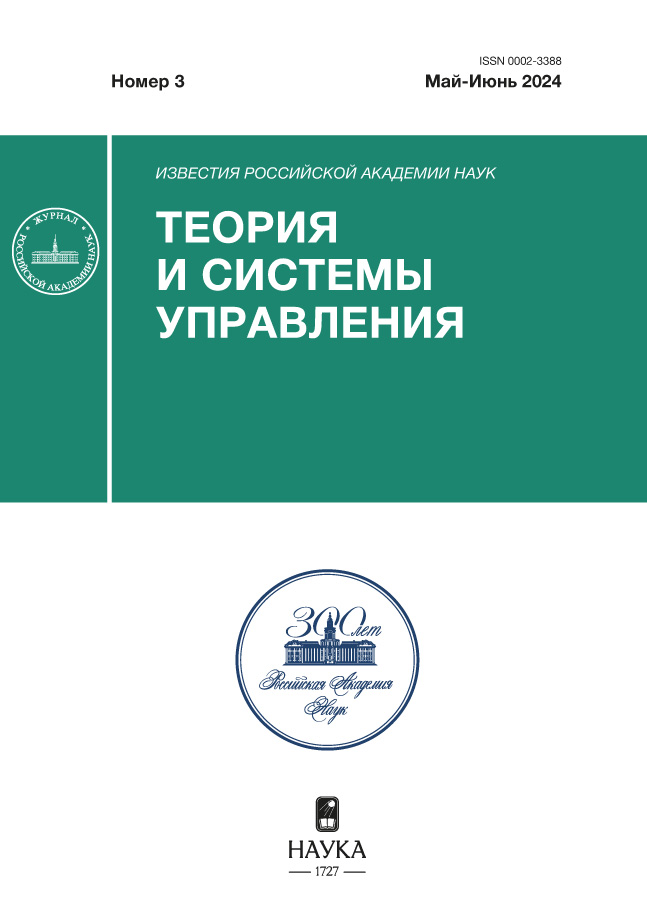Методы, средства и информационные технологии совершенствования характеристик ГЛОНАСС
- Авторы: Красильщиков М.Н.1, Кружков Д.М.1, Мартынов Е.А.1
-
Учреждения:
- МАИ (национальный исследовательский ун-т)
- Выпуск: № 3 (2024)
- Страницы: 157-168
- Раздел: НАВИГАЦИОННЫЕ СИСТЕМЫ
- URL: https://permmedjournal.ru/0002-3388/article/view/676422
- DOI: https://doi.org/10.31857/S0002338824030186
- EDN: https://elibrary.ru/UPGJUO
- ID: 676422
Цитировать
Полный текст
Аннотация
Описывается задача совершенствования характеристик ГЛОНАСС в контексте современного конкурентного развития глобальных спутниковых навигационных систем. Авторы рассматривают в качестве ключевых направлений исследования и разработки, связанные, во-первых, с улучшением показателя signal-in-space ratio в оперативном режиме за счет создания новых технологических циклов на борту космического аппарата и привлечения в эти процессы бортовых аппаратных средств и, во-вторых, с формированием задела с последующей реализацией функциональных возможностей орбитальных группировок отечественной системы без загрузки эфемеридно-временной информации и частотно-временных поправок с наземного комплекса управления. Обсуждаются основные факторы, препятствующие реализации в текущий момент намеченных целей, а также предложены пути устранения или нивелирования влияния этих факторов путем разработки и внедрения специальных информационных технологий использования современных и перспективных бортовых аппаратных средств, размещаемых на борту навигационных космических аппаратов ГЛОНАСС и его потенциальных дополнениях.
Полный текст
Об авторах
М. Н. Красильщиков
МАИ (национальный исследовательский ун-т)
Автор, ответственный за переписку.
Email: kruzhkovd@mail.ru
Россия, Москва
Д. М. Кружков
МАИ (национальный исследовательский ун-т)
Email: kruzhkovd@mail.ru
Россия, Москва
Е. А. Мартынов
МАИ (национальный исследовательский ун-т)
Email: kruzhkovd@mail.ru
Россия, Москва
Список литературы
- GLONASS Information Analytics Center. https://glonass-iac.ru/, 10.12.2023.
- Kruzhkov D.M., Pasynkov V.V. High-Accuracy Navigation Based on Informational GNSS Technologies. II GLONASS – Information Technologies and Navigation Tasks Solving Algorithms. M.: Moscow Aviation Institute, 2021.
- Bingbing D., Hugentobler U., Hofacker M., Selmke I. Improving Solar Radiation Pressure Modeling For GLONASS Satellites // J. Geodesy. 2020. V. 94. № 8. P. 1–14.
- Grechkoseev A.K. Study of Observability of Motion of an Orbital Group of Navigation Space System Using Intersatellite Range Measurements. I // Computer and Systems Sciences International. 2011. V. 50. № 2. P. 293–308.
- Grechkoseev A.K. Study of Observability of Motion of an Orbital Group of Navigation Space System Using Intersatellite Range Measurements. II // Computer and Systems Sciences International. 2011. V. 50. № 3. P. 472–482.
- Krasilshchikov M.N., Kruzhkov D.M., M.N., Pasynkov V.V. On The Implementation of Information Technology for Refining the Ephemerides of GLONASS Spacecraft Based on the Use of Advanced Intersatellite Measurment Hardware // J. Computer and Systems Sciences International. 2023. №5. P. 147–159
- Krasil’shchikov M.N., Kruzhkov D.M., Martynov E.A. Predicting the Parameters of the Orientation of the Earth in Problems of Navigation Taking into Account the Phenomenon of the Development of Irregularity in the Earth’s Rotation // Cosmic Research. 2023. V. 61. № 4. P. 324–332.
- Grechkoseev A.K., Krasil’shchikov M. N., Kruzhkov D.M., Mararescul T.A. Refining the Earth Orientation Parameters Onboard Spacecraft Concept and Information Technologies // J. Computer and Systems Sciences International. 2020. V. 59. № 4. P. 598–608.
- Krasil’shchikov M.N., Kruzhkov D.M. On the Issue of Autonomous Refining of the Earth Orientation Parameters Onboard Spacecraft. Analysis of the Possibilities of Developed Information Technology // Cosmic Research. 2021. V. 59. № 5. P. 357–365.
Дополнительные файлы





















